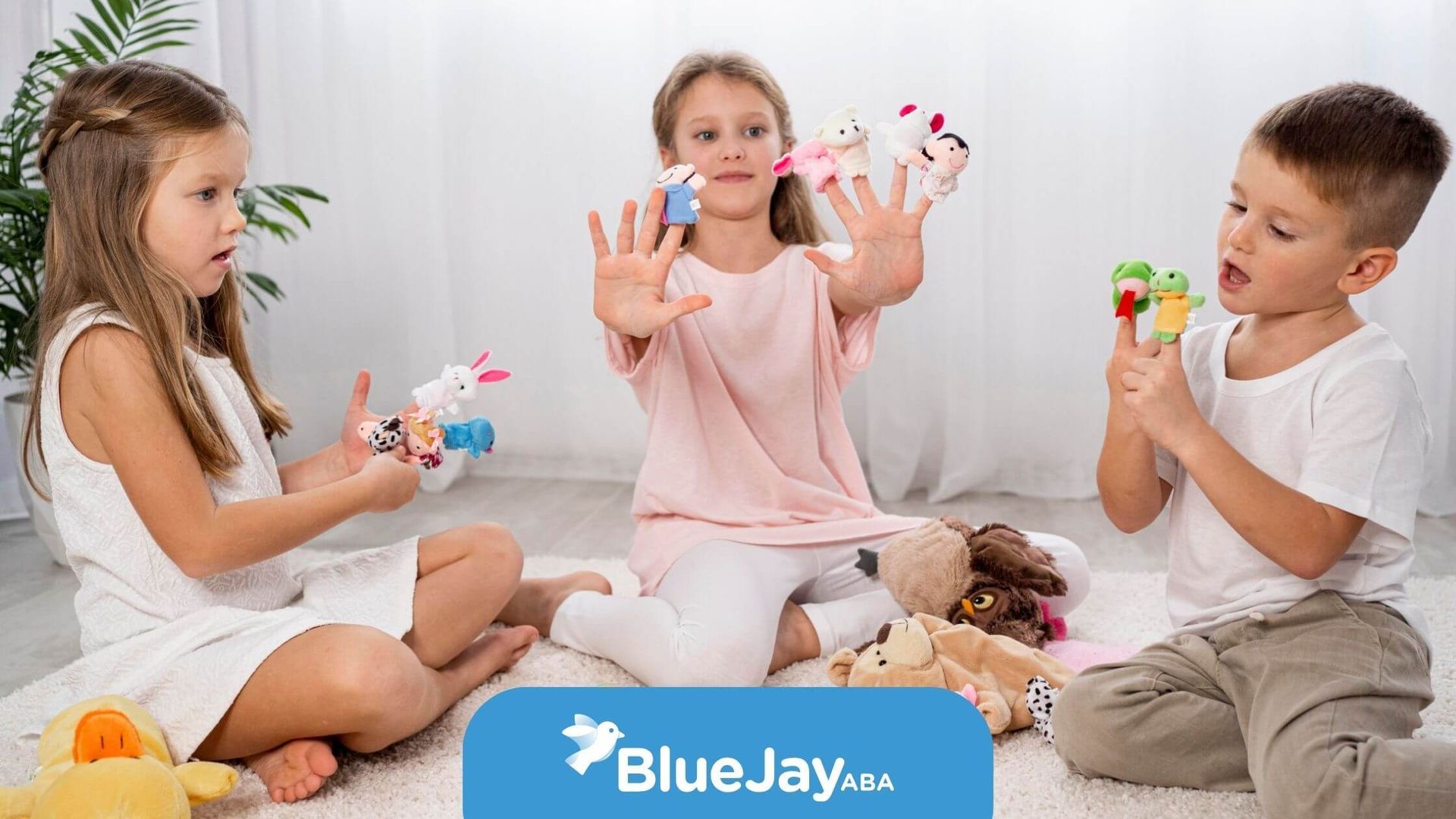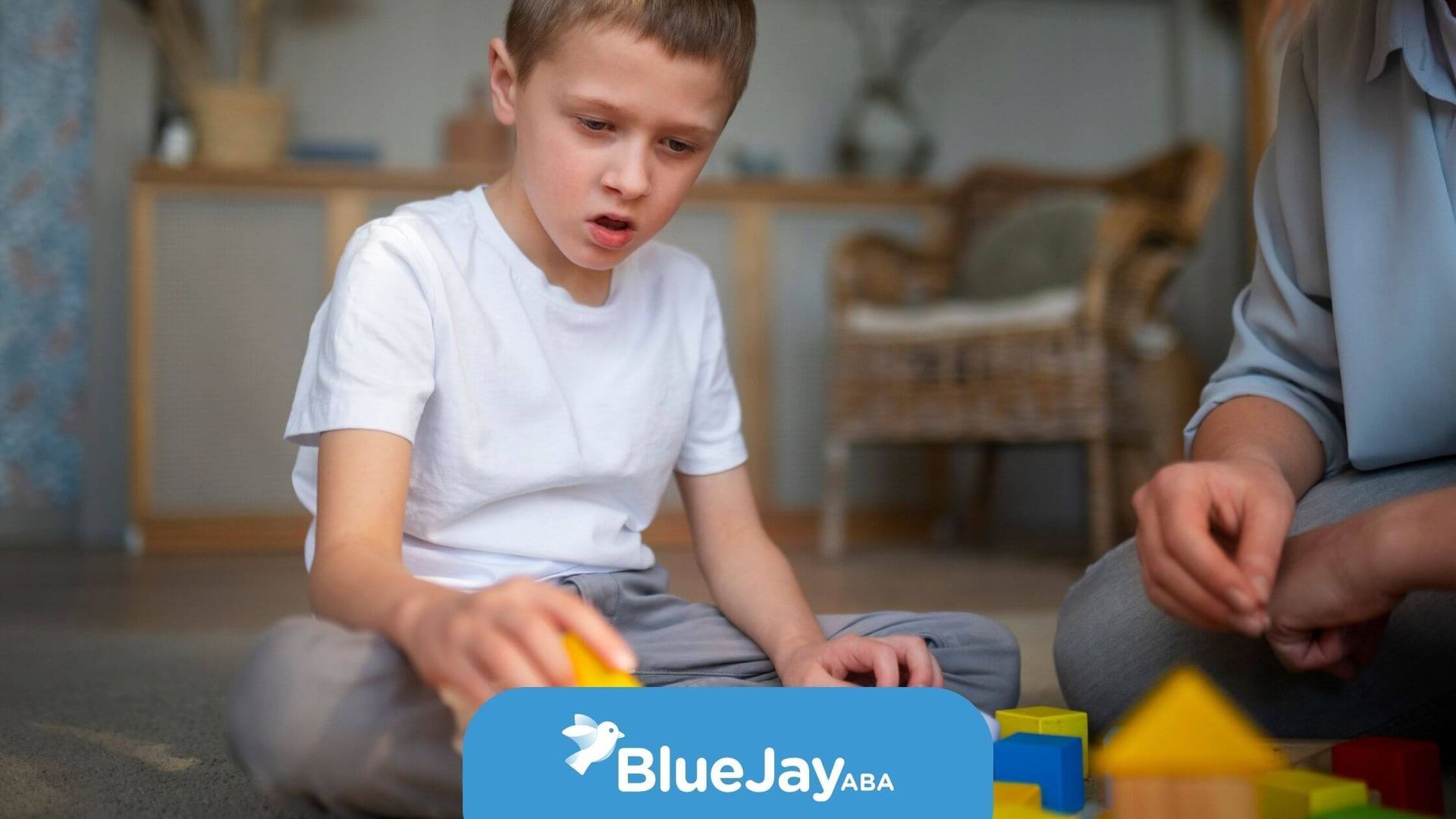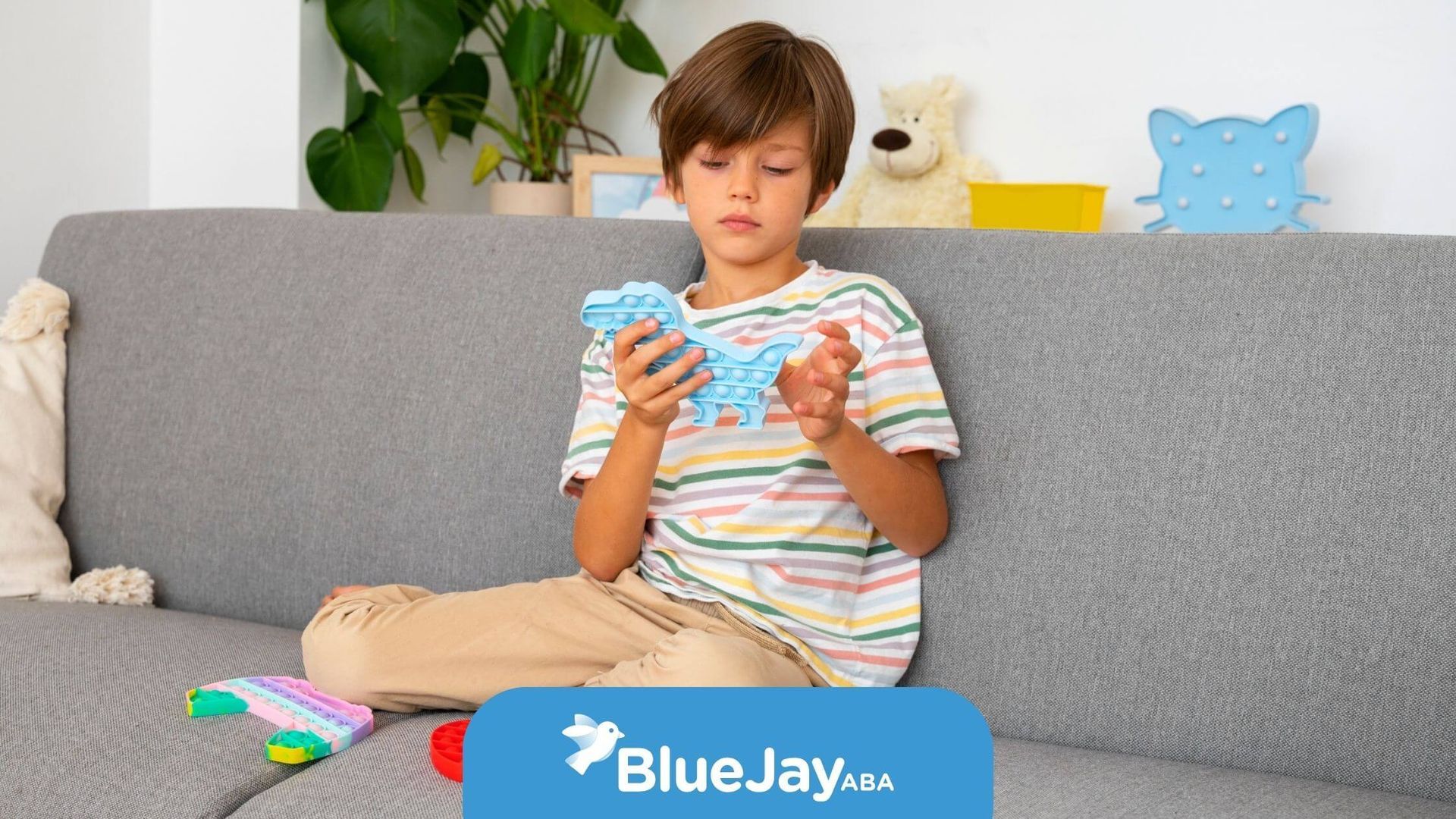5 Everyday Household Items You Can Use as Reinforcers in ABA Therapy
Reinforcement is at the heart of ABA therapy—it’s how we motivate children to learn new skills, follow directions, and build positive behaviors.
But here’s the great news: effective reinforcers don’t have to be expensive toys or fancy gadgets. Many of the best reinforcers are already sitting in your home!
Here are five simple, everyday household items you can easily use as reinforcers during your child’s ABA therapy sessions or daily routines.
1. Bubbles
A timeless favorite! Bubbles are fun, engaging, and easy to use as a natural reinforcer for attention, language, and imitation skills. You can pair bubble time with tasks like saying “more,” maintaining eye contact, or completing a short activity.
2. Stickers or Sticky Notes
Stickers are classic, but don’t overlook the power of colorful sticky notes! You can turn them into visual rewards—like earning one for every correct response—and even use them in a token economy system at home. They’re a great low-cost way to make positive reinforcement more exciting.
3. Favorite Snacks or Treats
When used thoughtfully, small portions of a favorite snack can be a powerful primary reinforcer. Just make sure to rotate foods so they stay motivating, and pair them with social praise (“Great job!”) to help transition to more natural reinforcers over time.
4. Music or Videos
Short clips of songs or shows can serve as excellent sensory reinforcers. A 30-second dance break or favorite tune after a task can boost engagement and help your child associate learning with fun.
5. Everyday Play Items
Don’t underestimate common toys like a ball, flashlight, or even the family pet’s squeaky toy. These items can create joyful reinforcement moments that keep therapy light and interactive. The key is finding what your child truly enjoys—and using it to encourage participation and success.
At Blue Jay ABA, we believe the best ABA therapy happens when families feel confident bringing these strategies into everyday life. Whether your child receives home-based ABA, school-based ABA, or telehealth ABA therapy, our team helps parents identify natural reinforcers that fit right into their routines.
Through our detailed ABA assessment and hands-on ABA parent training, we guide families in making every moment a learning opportunity—without stress or guesswork.
Want help using ABA strategies at home? Contact us today to learn how we can support your family’s goals and help your child grow with confidence.
FAQs
What is a reinforcer in ABA therapy?
A reinforcer is anything that increases the likelihood of a behavior happening again—like praise, toys, or preferred activities.
Do reinforcers always have to be tangible?
Not at all. Verbal praise, hugs, and high-fives can also be powerful social reinforcers, especially when used consistently.
How do I know what’s reinforcing for my child?
Watch what your child naturally gravitates toward. Items or activities they seek out or get excited about are great starting points for reinforcement in ABA therapy.
Sources:
- https://pubmed.ncbi.nlm.nih.gov/25930718/
- https://www.autismspeaks.org/tool-kit-excerpt/helpful-strategies-promote-positive-behavior
- https://www.autismparentingmagazine.com/autism-natural-reinforcement/
- https://www.autismparentingmagazine.com/how-negative-reinforcement-work/
- https://pmc.ncbi.nlm.nih.gov/articles/PMC5702301/
Related Posts






